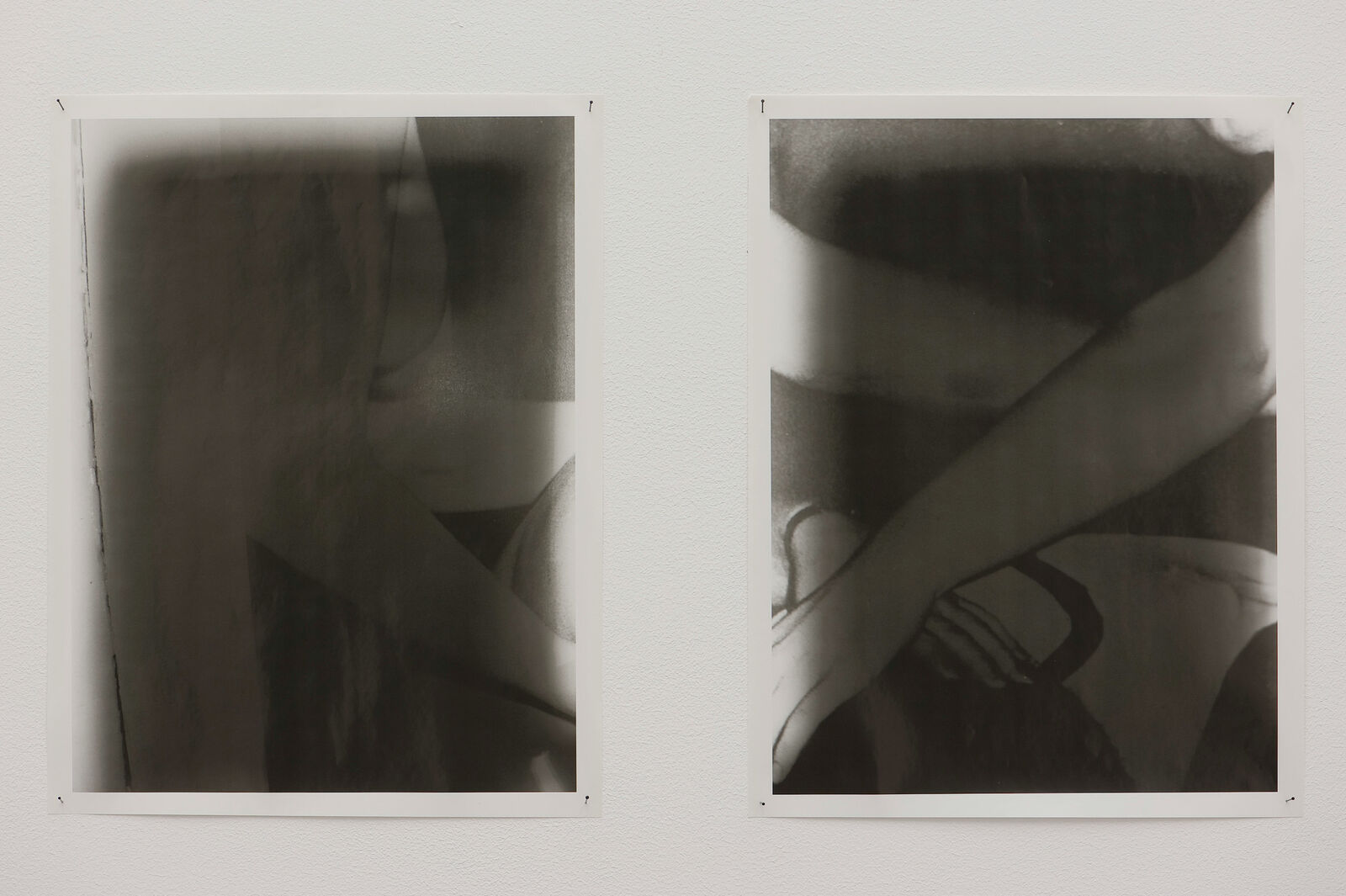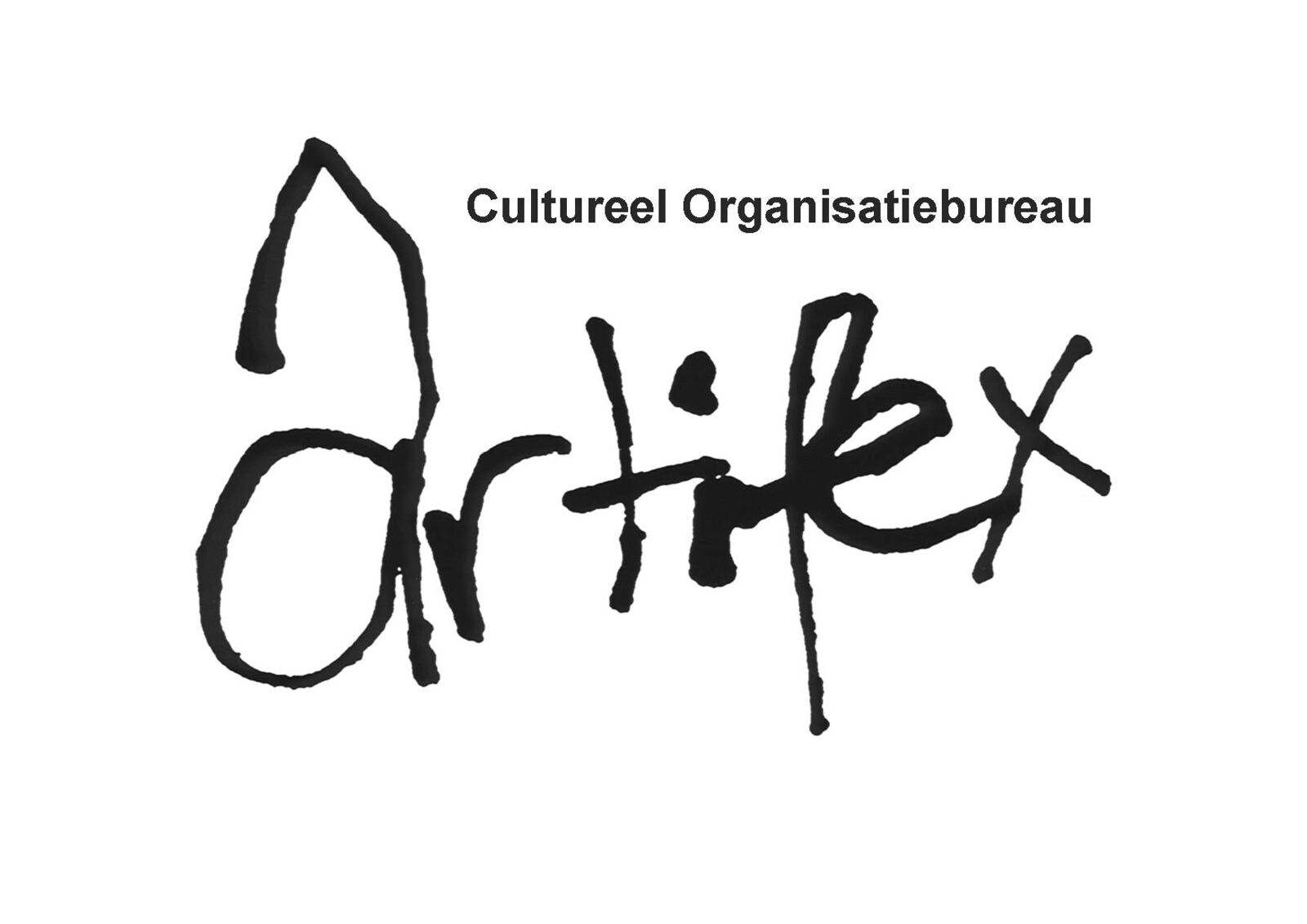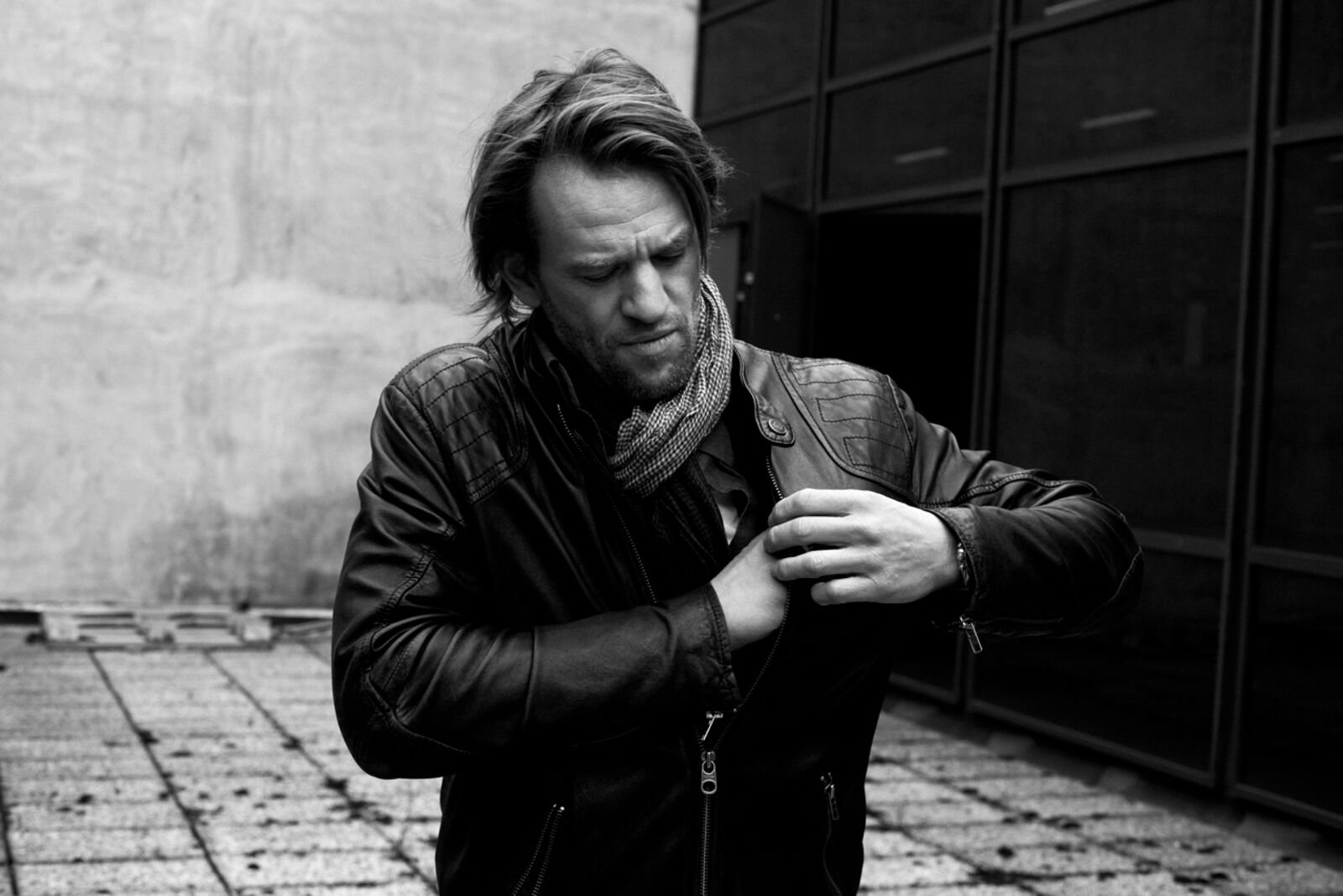Zarina Bhimji Yellow Patch – Waiting
de Appel, Prins Hendrikkade 142, Amsterdam
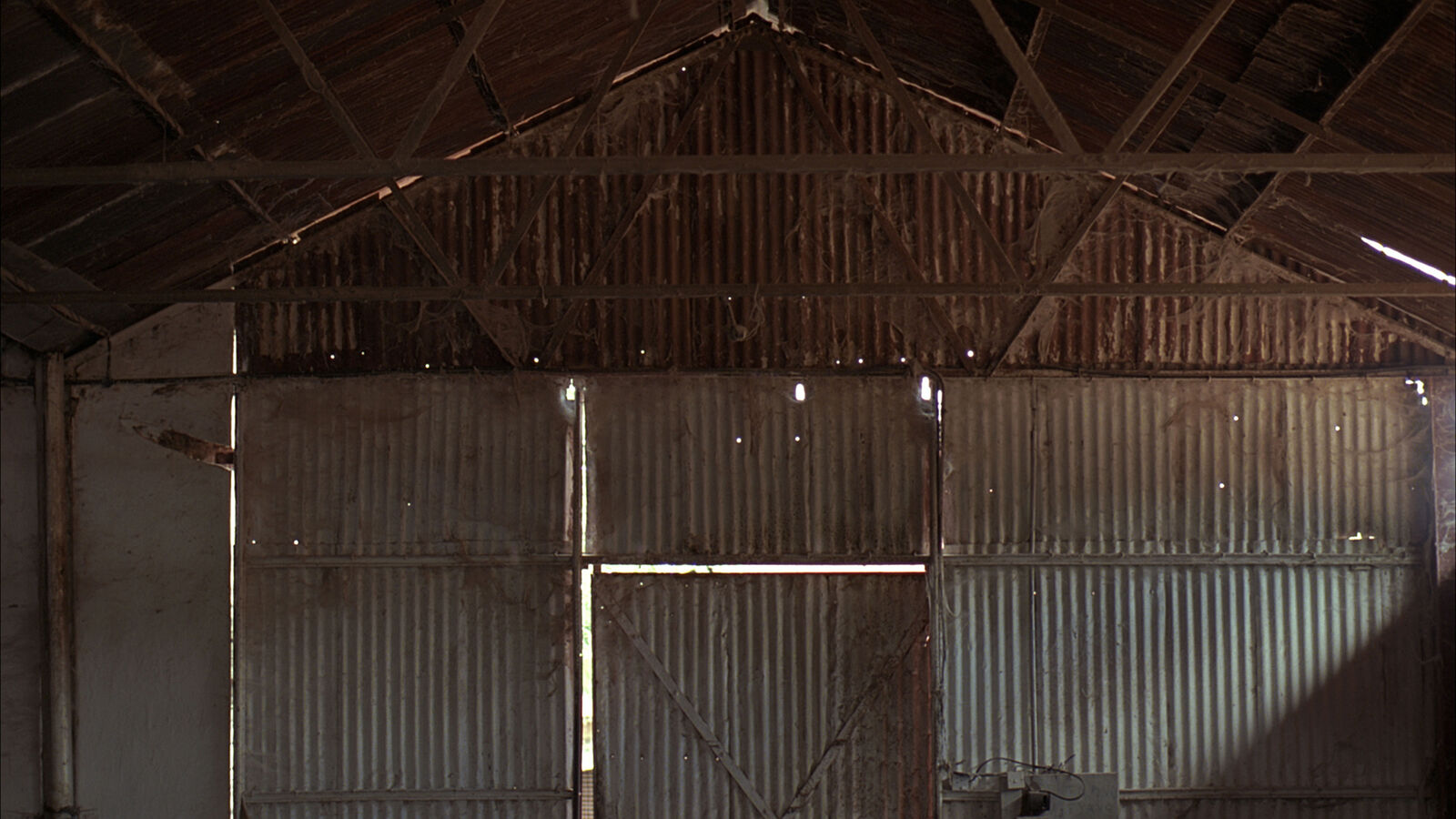
Waiting (2007)
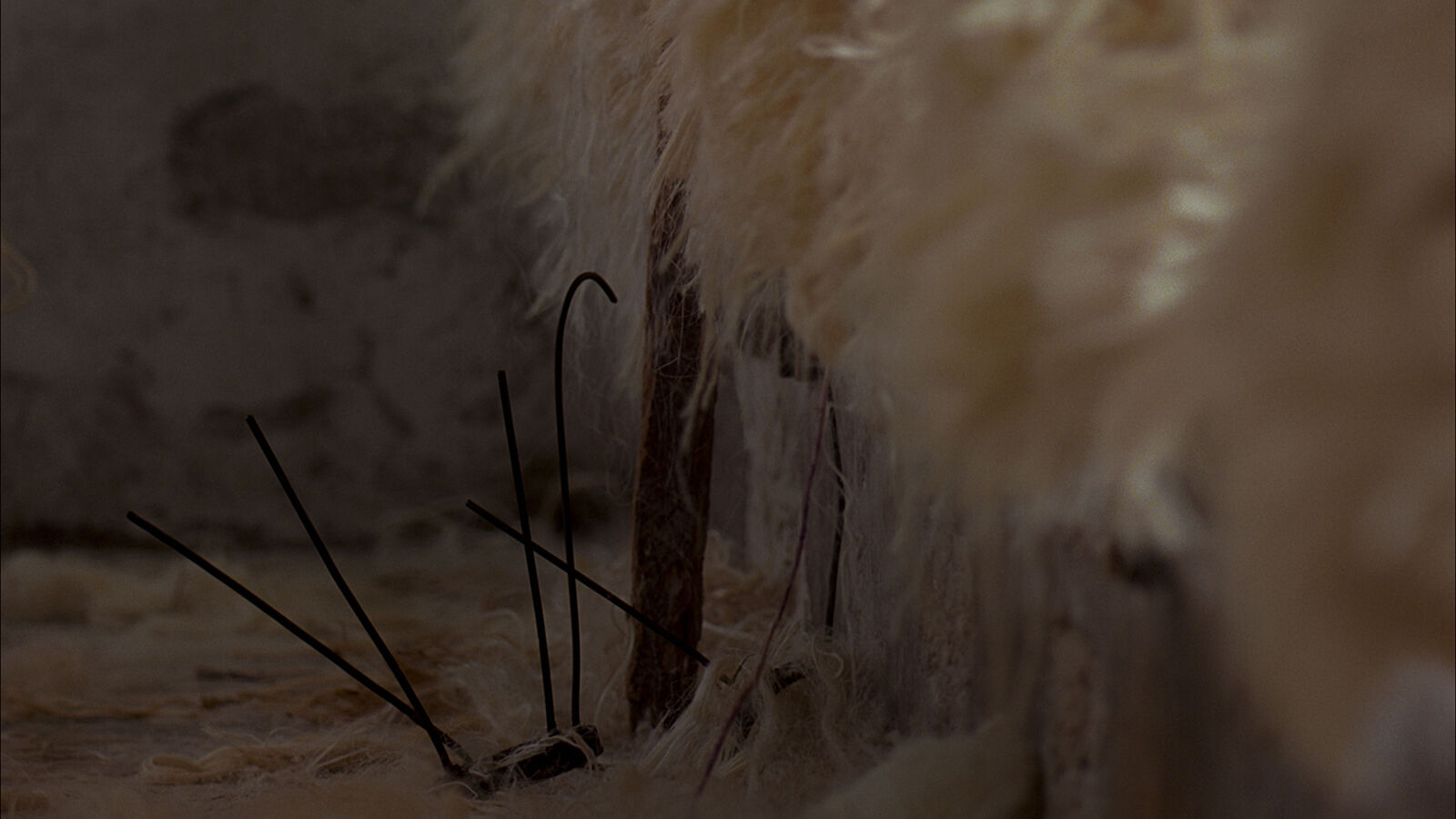
Waiting (2007)
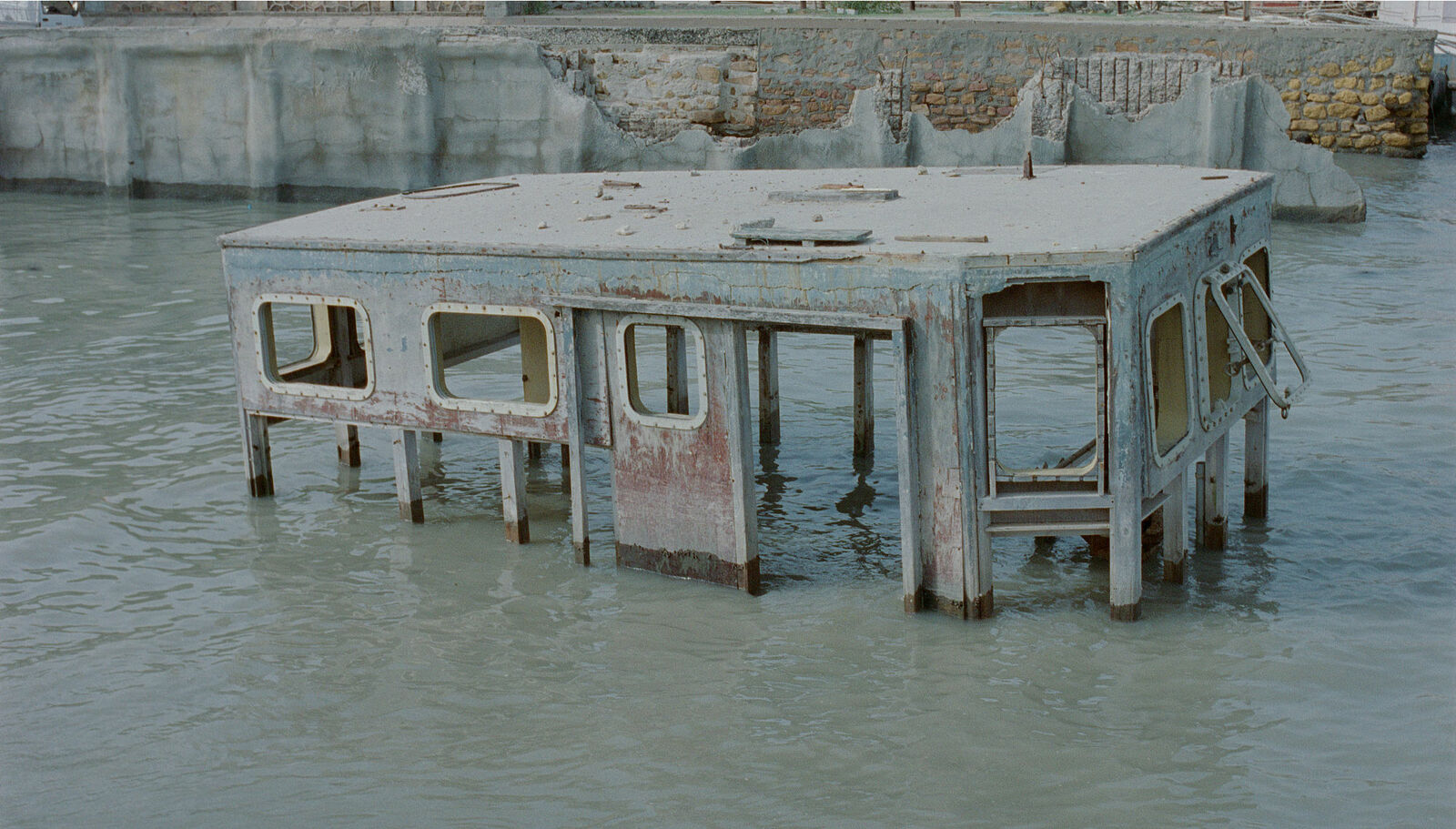
Yellow Patch (2011)
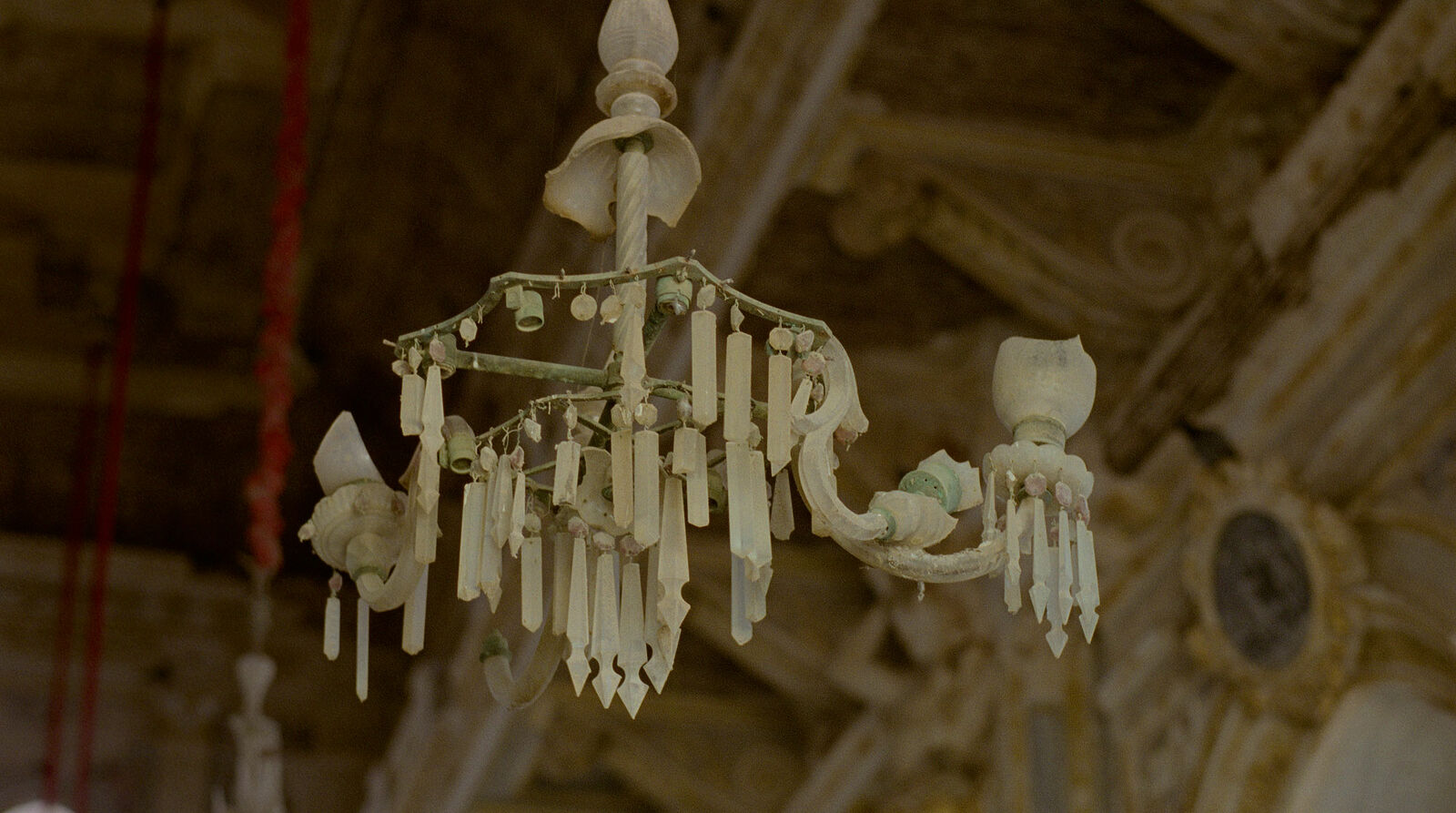
Yellow Patch (2011)
The exhibition by Zarina Bhimji develops in two phases: from 16 November 2012 to February 3 de Appel premieres Bhimji's new production Yellow Patch, from 5 February to 31 March 31 de Appel showcases the installation Waiting (2007).
Yellow Patch, 2011
35mm film transfered to HD, 29' 43', High Definition Blue-ray and Dolby 5.1
On view from 16 November 2012 - 3 February 2013
The history of trade and migration between India and Africa provides the starting point for Bhimji’s most recent project. Yellow Patch was filmed in four main locations across the Indian sub-continent: the old Victorian offices in the Port Trust of Mumbai, the desert landscape of the Great Rann of Kutch on the border between India and Pakistan, the Indian Ocean near the port of Mandvi, and various houses and structures in the North-Western region of Gujarat. Sumptuous images of buildings, sea and landscapes are accompanied by an independently developed soundtrack that evokes impressions of dread, loss, passion, love and tenderness.
Yellow Patch is the result over six years’ prolonged and extensive research. Despite this analytical approach Bhimji addresses her various locations with a purposefully painterly approach. Common objects, for instance, are treated like still lifes with colour as a primary concern. The artist relinquishes precise information and factual presentation in favour of highlighting the aesthetic qualities and poetic potential of each image. As much as for the traces and echoes it carries, each location was chosen for its distinct quality of light, the details of its architecture and the particular character of the landscape.
A compelling soundtrack – which, as TJ Demos points out, contains for example fragments from historical political speeches and the music of Pakistani Sufi singer Abida Parveen – is an essential part of the work. Bhimji remarks: “Sound is very universal, it is very poetic, you can express things without having to say too much, you leave the viewer to their own imagination.”
Yellow Patch complements the renowned film Out of Blue (2002), commissioned by Documenta 11, an arresting visual journey across Uganda, its elegiac terrain disturbed by the sound of fire, birds and human voices. Bhimji is currently working on part II of Yellow Patch that will be filmed in East Africa in 2013.
Waiting, 2007
35mm film tranfered to HD, 7' 45'. High Definition Blue-ray and Dolby 5.1
On view from 5 February – 31 March 2013
The film installation was made in a factory used to process Sisal and has an abstraction that hovers somewhere between film and painting. The washed-out colour of the European, hair-like material, the light, and the interior of the factory create a saturated monochrome that, combined with the film's soundtrack, becomes immersive. Recorded on 35mm film and then transferred to high-definition, every nuance of the building is captured. According to art historian curator Chika Okeke-Agulu the piece is a poetic meditation on the failure of the postcolonial state in Africa that returns us to not just the problem of unfulfilled promise of industrial and economic modernization trumpeted by colonial and postcolonial governments in Africa, but also its human costs. In the text accompanying the exhibition ‘Who knows tomorrow’ the work is described as follows: “… she studied the facts a portion of colonial architecture at length. Although invisible in her film, it still accompanies it like a melodic theme. Zarina Bhimji visited sisal-processing factories near Mombasa, Kenya, some of which originate from colonial times. The beauty of the architecture, the bright, hot light and the simultaneously quasi-paralyzing atmosphere together with the minute movements and the sensitive details of the colors, the walls and the utensils focus the viewer’s gaze on the beauty of the material. … The beauty of the sisal’s texture conjures up memories of a European man’s hair, lending life to the material that takes on an abstract quality.
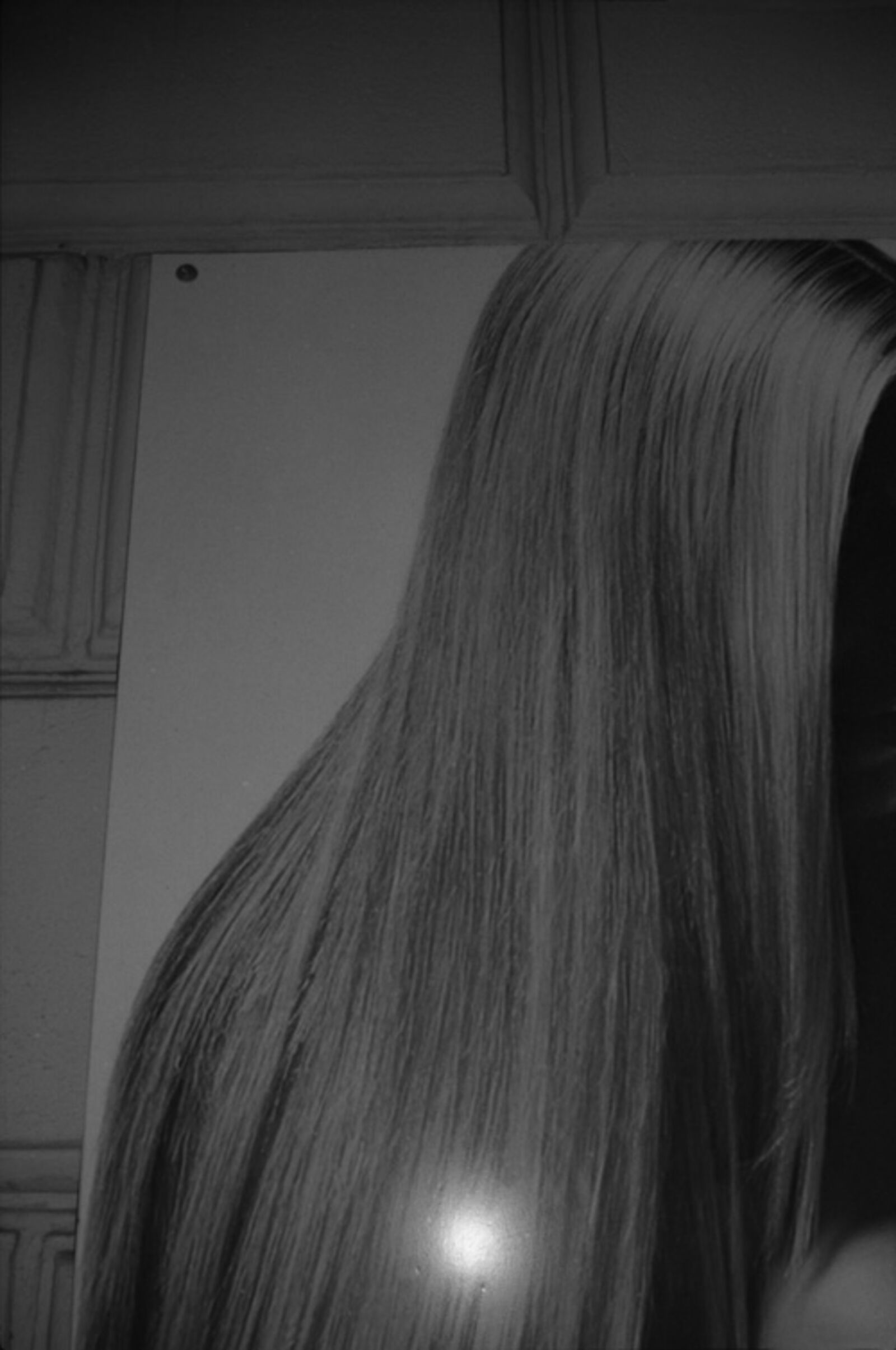
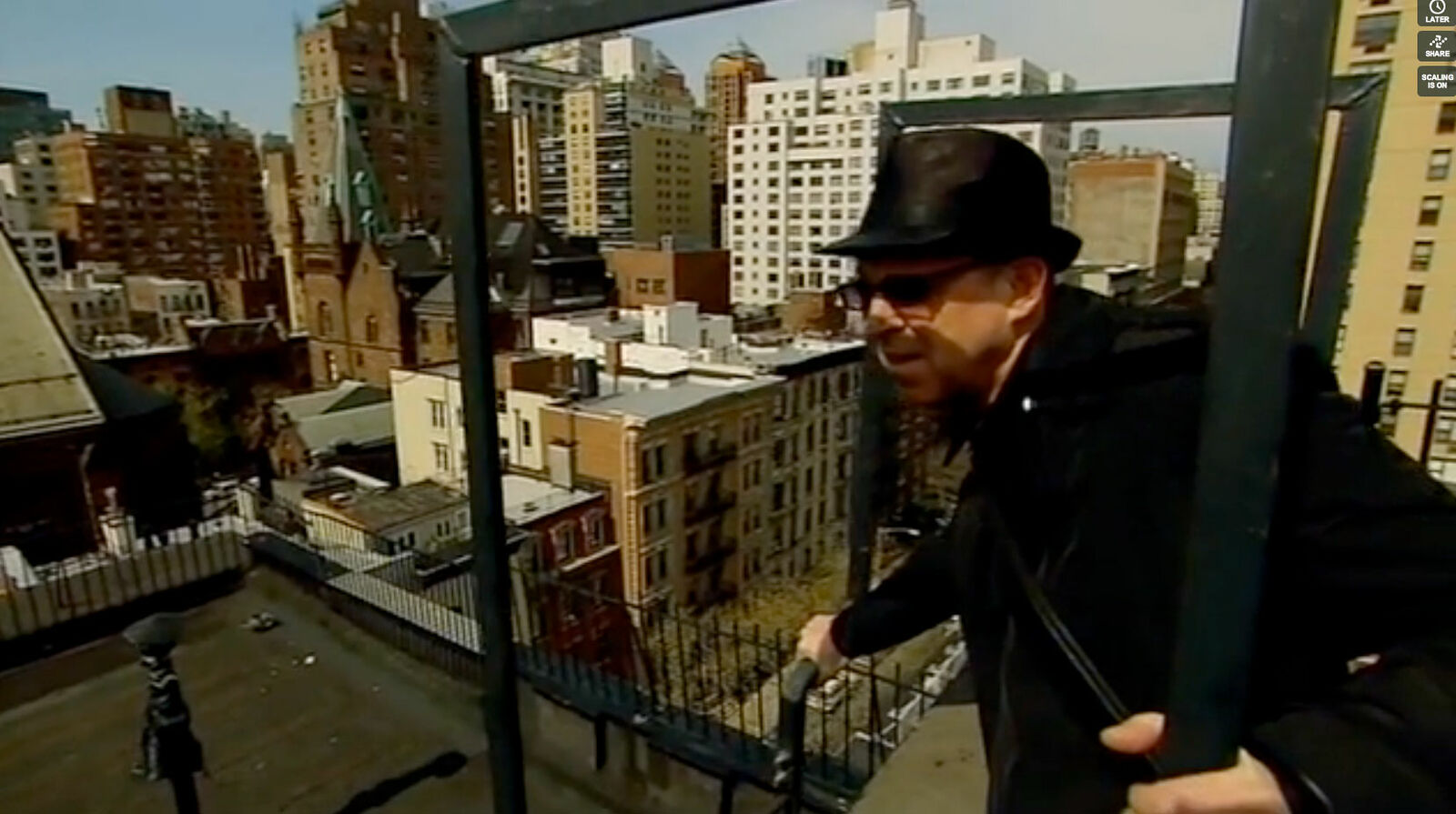

.jpg?w=1600)
